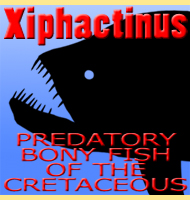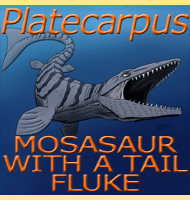


Protostega
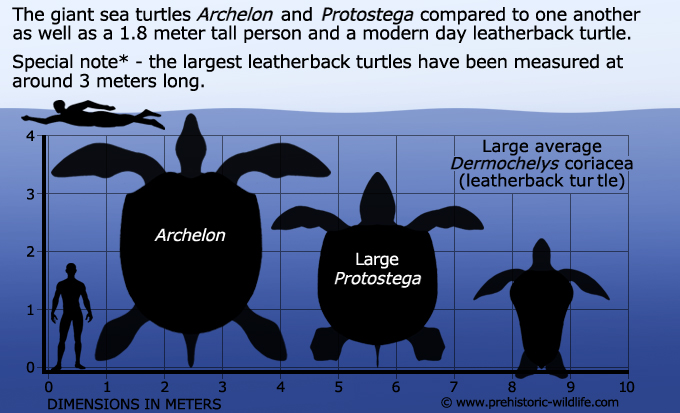
Name:
Protostega
(first roof).
Phonetic: Pro-toe-steg-ah.
Named By: Edward Drinker Cope - 1871.
Classification: Chordata, Reptilia, Testudines,
Cryptodira, Protostegidae.
Species: P. gigas (type),
P.
advena, P. copei, P. dixie, P. eaglefordensis, P.
potens.
Diet: Carnivore.
Size: Larger specimens up to 3.4 meters long (nose
to tail).
Known locations: Canada, USA, and United Kingdom.
Time period: Cenomanian through to Maastrichtian of
the Cretaceous.
Fossil representation: Many specimens.
Protostega
is one of the largest turtles to ever swim in the ocean and so far is
only eclipsed by Archelon
in terms of overall size. Like with
Archelon, Protostega is
thought to have had a ‘soft’ shell
similar to the modern leatherback turtle (Dermochelys
coriacea).
Also like with Archelon, Protostega
is thought to
have grown so
large by consuming a diet of soft organisms like jelly fish and
cephalopods. Protostega is usually associated
with parts of North
America that would have been under the Western Interior Seaway,
however other remains from England hint at a much more cosmopolitan
distribution for this turtle.
Despite
the shell and large size, predatory marine reptiles like Tylosaurus,
Mosasaurus
and Hainosaurus
would have posed a serious threat to
Protostega. Additionally the shark
Cretoxyrhina
both grew large and
had the teeth to go to work on a turtle.
Further reading
- A description of the genus Protostega. -
Proceedings of the Academy
of Natural Sciences of Philadelphia: 422–433. - Edward Drinker Cope -
1872.
- The osteology of Protostega. - Memoirs of the
Carnegie Museum,
2(7):279-305. - G. R. Wieland - 1906.
- Vertebrate Biostratigraphy of the Smoky Hill Chalk (Niobrara
Formation) and the Sharon Springs Member (Pierre Shale). -
High-Resolution Approaches in Stratigraphic Paleontology, 21: 421-437 -
K. Carpenter - 2003.
----------------------------------------------------------------------------
More marine creatures
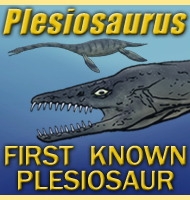 |
 |
 |
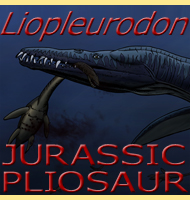 |
